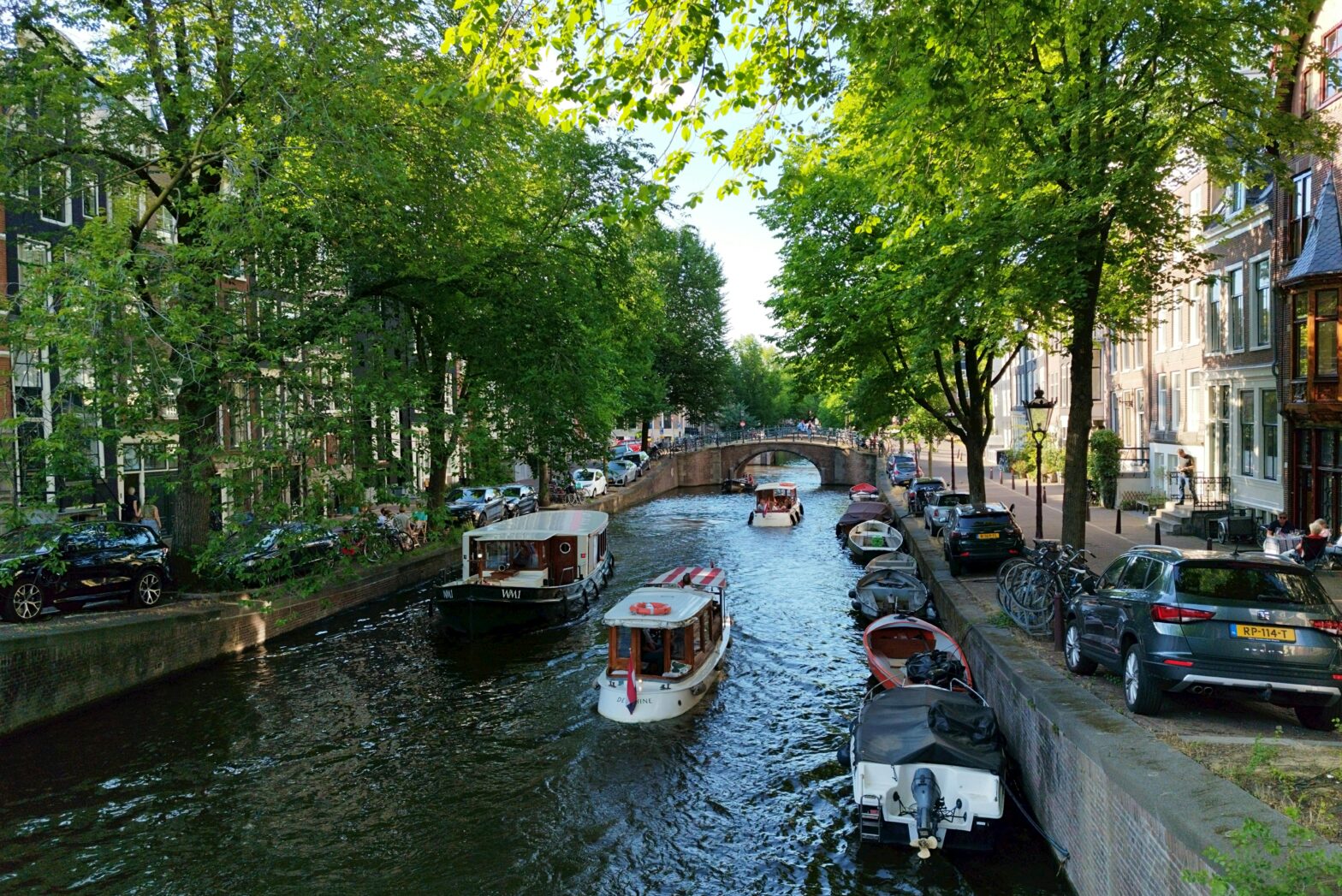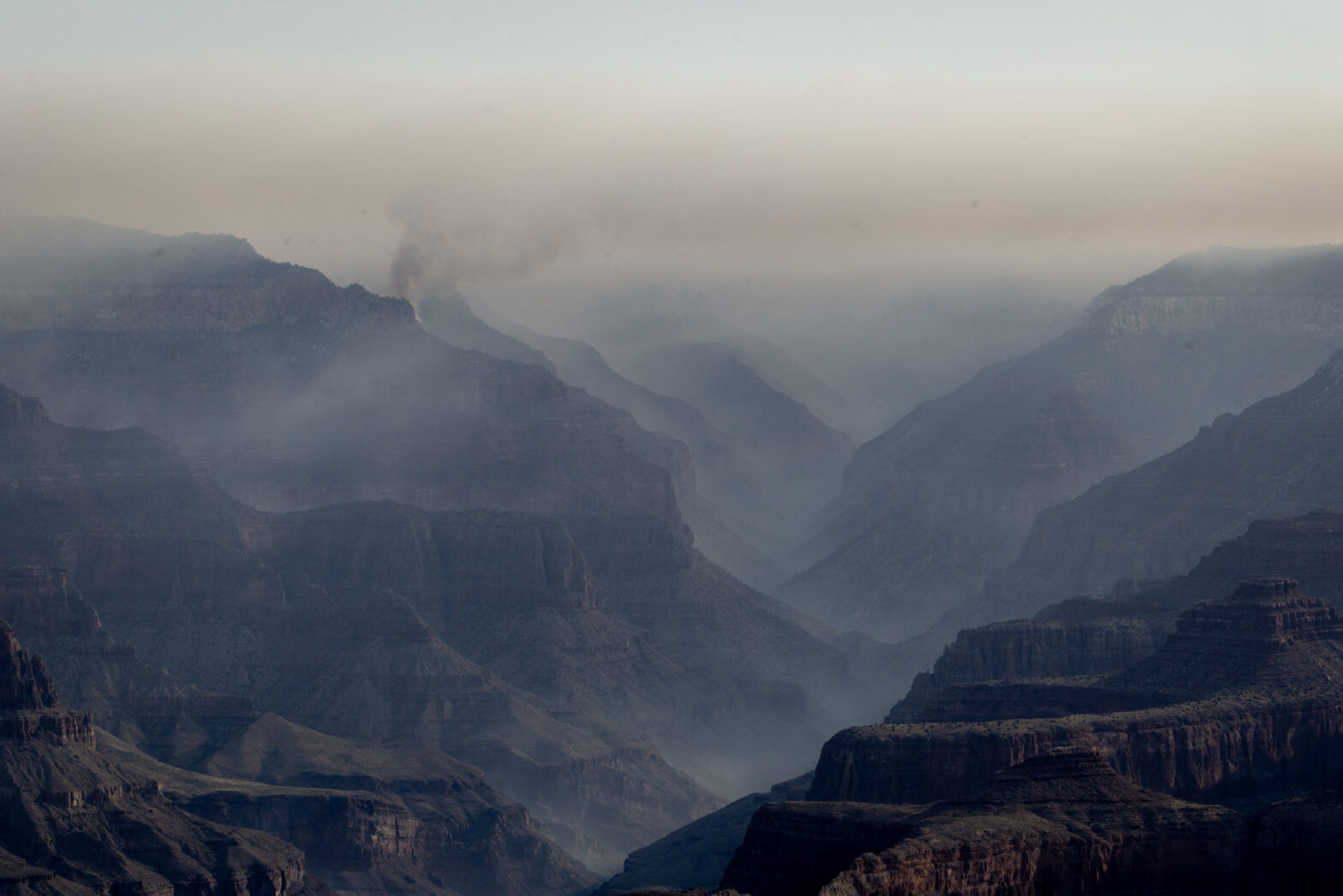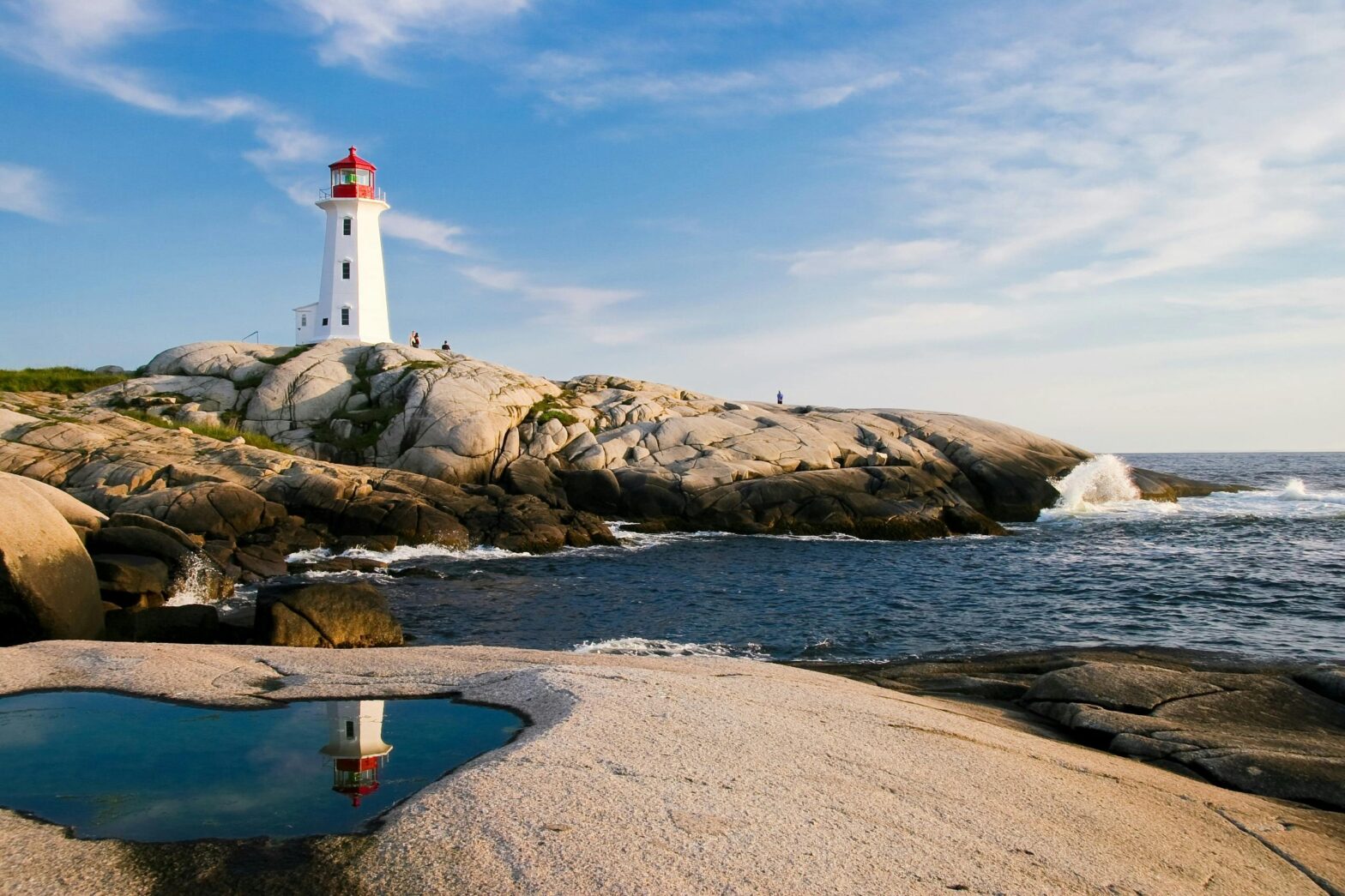How can you spend 24 hours in Black-owned El Salvador?
El Salvador is a breathtaking country in Central America. Bordered by Honduras and Guatemala, its culture is vast and rich. And with it located so close to the Pacific Ocean, El Salvador is a popular destination for its beaches.
Its capital and largest city, San Salvador, is home to a number of fun activities for tourists to enjoy. Surfing is an attractive choice for beach bums. And adventure seekers can visit Izalco, an active stratovolcano recognized by avid hikers around the globe.
The Country’s Black Population
El Salvador stretches for more than 8,000 square miles, making it the 27th largest country in the Americas. Not to mention, its population size of nearly 6.5 million is just as impressive.
Part of the population includes Afro-Salvadorans. In the 1500s, approximately 10,000 African men and women were enslaved and routed to El Salvador to work. Over time, that number decreased as African people were forced to assimilate into the dominant culture. And today, less than 1% of Afro-Salvadorans make up the general population.
But even with such a small population, Afro-Salvadorans make their presence known throughout the country. From restaurants to music, there are many ways to celebrate Black history and culture in El Salvador.
How To Spend 24 Hours in Black-owned El Salvador
El Salvador is a beautiful country filled with even more beautiful people. And with so many things to see and do, spending a day in El Salvador can seem daunting. But with a bit of guidance, you can make the most of your trip — and support some Black-owned businesses in the process. Here is how you can spend 24 hours in Black-owned El Salvador:
Hear the Marimba at Dia de Indepencia
View this post on Instagram
The marimba is a popular percussion instrument and the national instrument of El Salvador. Not to be confused with a xylophone, the marimba produces soft, melodic tones after striking its wooden bars.
The marimba is also widely celebrated in other parts of the world, from North America to South East Asia. But even though it can be found in many countries, it has origins in Africa. In fact, the first historical record of it in Central America is from the 1500s, when enslaved Africans played it.
Today, tourists can enjoy its sound in El Salvadoran music and dance. To hear it for yourself, visit during Dia de Indepencia, a national celebration of El Salvadoran music, food, and culture.
Have a Meal at Makaryo Pub
El Salvador is known for its food, from pupusas to empanadas. Fortunately, the country is home to many restaurants and bars for tourists to try it all.
Visit Makaryo Pub, a popular restaurant and bar in El Salvador. There, you can find a number of menu items to suit even the pickiest eater.
The eatery specializes in African, South American, and Mediterranean food. So you can expect to enjoy authentic cultural dishes such as Espaguete de Camarão (spaghetti with shrimp) or Ensopado de Carneiro (lamb stew). You can also sample non-native El Salvadoran foods, including spaghetti carbonara and risotto.
Don’t forget to end the meal on a sweet note with dessert!
Visit a Historic Site
September 15 marks Dia de Salvador, a national holiday celebrating El Salvador’s 1823 declaration of independence from the Spanish Empire. And shortly after this, on December 13, statesman Jose S. Cañas helped announce the country’s abolition of slavery.
To pay homage to his contributions towards ending slavery, a statue of Jose S. Cañas was erected in Zacatecoluca, La Paz. Nowadays, you can take a trip to the site to see the statue for yourself. Today, droves of tourists visit the area to remember the country’s incredible history and pay their respects to those who died fighting for the rights of those enslaved.
Try an African-inspired Dance Class
Es viernes y el cuerpo lo sabe!! #ElSalvador #Musicasv #Verano2016 #Abril pic.twitter.com/ueoEgn4Qah
— Cumbia Negra (@CumbiaNegra) April 1, 2016
Music and dance are a big part of El Salvadoran culture. It’s used as a way for the locals to celebrate and pass down their rich history.
But part of El Salvadoran history is Black history. And much of its Black history can be found in its many forms of dance.
For example, Cumbia is a popular dance style in El Salvador. It originated in Africa as a form of courtship before being introduced to El Salvador by African slaves.
For an immersive experience with the culture, try Let’s Move Dance Studio in Santa Tecla, El Salvador. There, you can learn all there is to know about El Salvadoran dance culture, from cumbia to salsa.
Related: A Surfer’s Paradise: Check Out The Best Beaches in El Salvador





